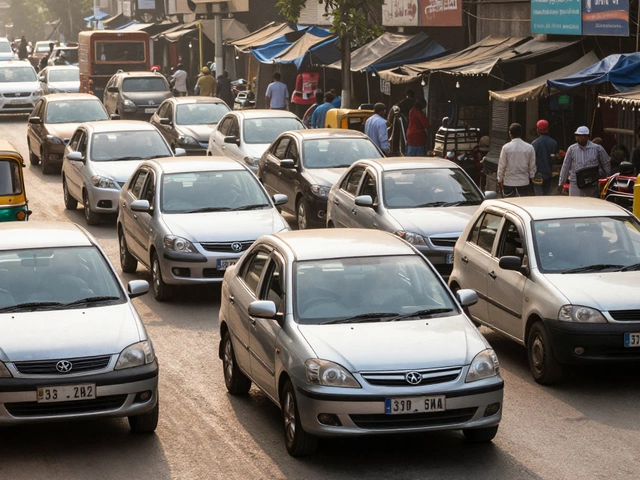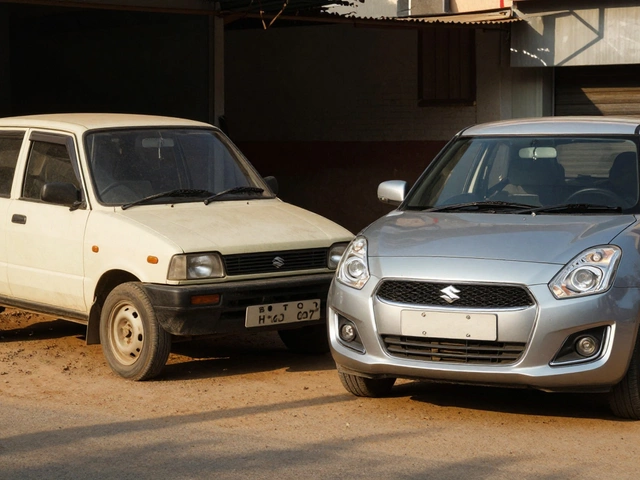Made in India Cars – What You Need to Know
India is churning out more cars than ever before, and the options are getting better every year. Whether you need a family hatchback, a rugged SUV, or an electric city car, there’s a locally built model that fits. Buying an Indian‑made car means you get a vehicle designed for our roads, fuel prices, and climate, often at a price that beats imports.
In the last five years, the Indian auto market has grown at double‑digit rates, driven by rising incomes and more people moving to cities. Government schemes like Make in India and lower GST on vehicles have pushed manufacturers to set up larger plants here, which in turn lowers cost for the buyer. As a result, the share of cars actually built in India has jumped from around 70 % to nearly 90 % of total sales.
These policies also encourage local sourcing of parts, meaning most of the car you sit in is home‑grown. That creates jobs, boosts the supply chain, and often translates to better service networks because dealers are everywhere. So when you shop for a new car, you’re also supporting the local economy.
Leading Indian Car Makers
Maruti Suzuki is still the biggest name you’ll see on the road. Its Swift, Baleno, and Dzire models dominate the compact segment because they’re cheap to run and have a strong resale value. Tata Motors has shifted its image with the Nexon and Harrier, offering sturdy build quality and good ground clearance for Indian highways.
Mahindra & Mahindra focuses on SUVs and electric vehicles. The XUV700 packs a lot of tech for its price, while the eVerito shows the brand’s push into EVs. Though Hyundai and Kia are foreign brands, they produce most of their cars in India, so models like the Hyundai Creta or Kia Seltos count as Made in India too.
New players like MG Motor and the upcoming electric‑only brand REVA are also expanding the options, especially for buyers interested in low‑emission vehicles. All these manufacturers have extensive dealer networks, making maintenance easy wherever you live.
Buying a Made‑in‑India Car: Tips & Tricks
First, list what matters most to you – fuel efficiency, space, tech, or safety. Indian cars now come with ABS, airbags, and even ESP in many mid‑range models, so check the safety rating before you decide. Look at the after‑sales service: a dealer with quick spare‑part availability can save you hours of downtime.
Second, compare financing offers. Most banks and the manufacturers’ own finance arms run promotions that lower the effective interest rate, but read the fine print for hidden fees. Test‑drive the car on both city streets and a highway; pay attention to how the suspension handles potholes and how the steering feels at speed.
Third, think about resale value. Cars from Maruti and Hyundai tend to hold value better because of their large used‑car market. If you’re planning to upgrade in a few years, choose a model with a strong resale track record.
Finally, don’t forget insurance and registration costs. These can vary a lot between states, so ask your dealer for a detailed cost breakdown. A small difference in annual premium adds up over the life of the car.
With EV infrastructure growing fast, keep an eye on upcoming electric models from Tata, Mahindra, and new startups. They may qualify for subsidies that lower the purchase price dramatically.
In short, Made in India cars give you a mix of affordability, local support, and increasingly modern features. Use the tips above, match your priorities, and you’ll drive away with a car that fits your lifestyle and your budget.
Car Brands Made in India: Full List, Surprises, and What You Should Know
Ever wondered how many car brands are actually made in India? This article unpacks the real players in the Indian automobile scene, explaining which brands have plants on Indian soil and who's simply rebadging imports. You'll get a clear, updated list of major manufacturers, a reality check on popular misconceptions, and some handy insights for car buyers. Plus, discover lesser-known brands popping up in 2025. If you're after facts, straightforward answers, and smart buying tips, keep reading.
Read More




